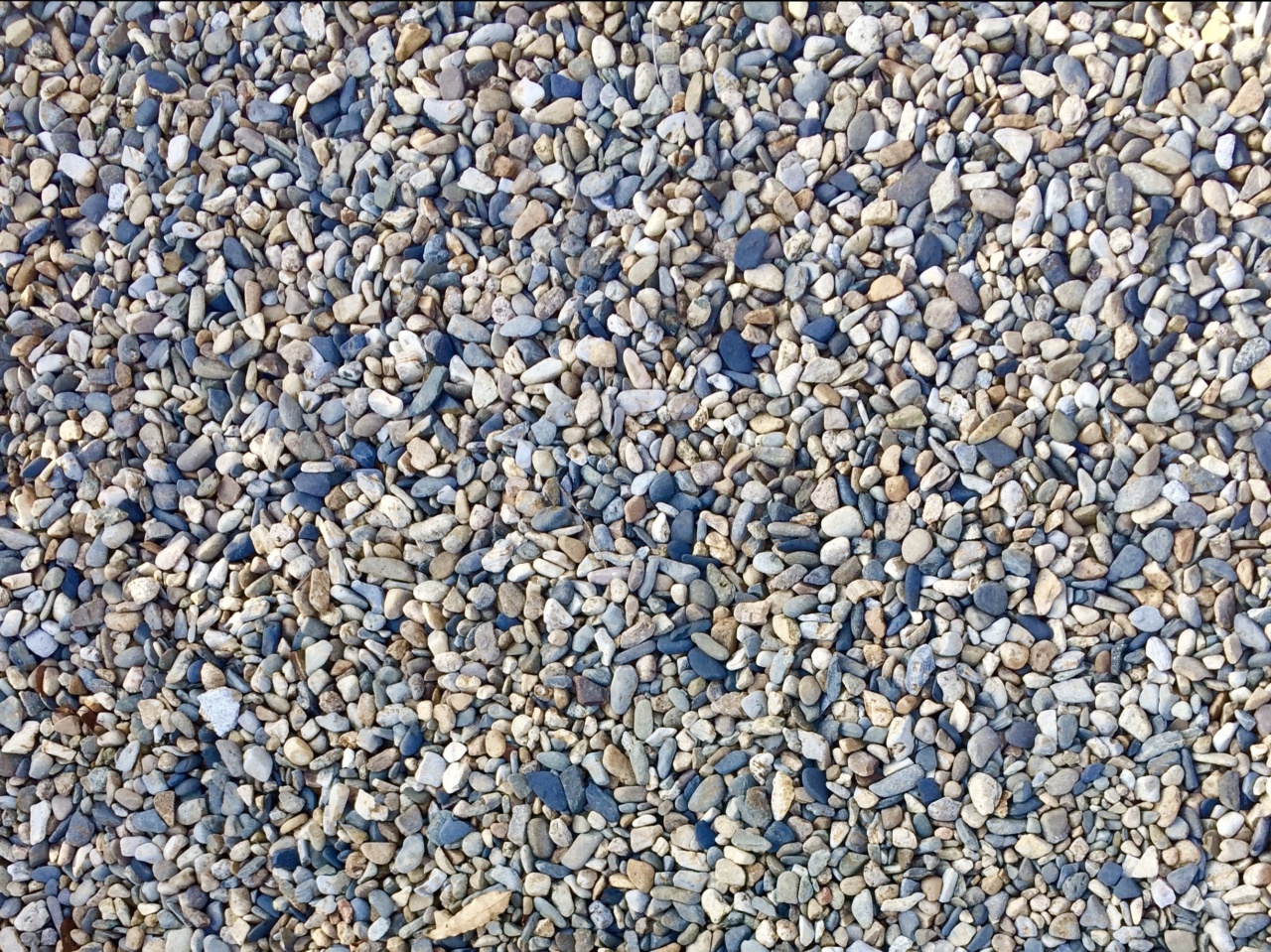Kidney stones, also known as renal calculi, are solid deposits that form in the kidneys. They are made up of various substances that can crystallize and accumulate over time.
Kidney stones can be incredibly painful and can cause complications if left untreated. There are several types of kidney stones, each with their own unique characteristics and causes. In this article, we will explore the different types of kidney stones and their characteristics.
Calcium Oxalate Stones
Calcium oxalate stones are the most common type of kidney stone. They form when calcium combines with oxalate in the urine. Oxalate is a naturally occurring substance found in certain foods.
People who have a diet high in oxalate-rich foods, such as spinach, rhubarb, and beetroot, are at a higher risk of developing calcium oxalate stones. These stones are often quite hard, smooth, and can range in color from light tan to dark brown.
Cystine Stones
Cystine stones are much less common and are caused by a condition called cystinuria, which is an inherited disorder. Cystinuria affects the way the kidneys handle certain amino acids, leading to the accumulation of cystine in the urine.
These stones are often yellow or brown in color and have a rough texture. Cystine stones can be quite large and are known for their frequent recurrence.
Struvite Stones
Struvite stones, also known as infection stones, are formed in response to urinary tract infections caused by certain bacteria. These stones contain magnesium, ammonium, and phosphate.
Struvite stones can grow rapidly and become quite large if not treated promptly. They often have a smooth, sandy texture and can be pale in color. Struvite stones are more common in women than in men.
Uric Acid Stones
Uric acid stones form when there is an excess of uric acid in the urine. They are commonly seen in people who have a high-protein diet or conditions such as gout. Uric acid stones can be smooth or jagged and have a yellow or brown color.
Unlike other types of kidney stones, uric acid stones are not visible on regular X-rays and require specialized imaging techniques for diagnosis.
Other Types of Stones
There are also less common types of kidney stones, including:.
Strawberry Stones
Strawberry stones, also known as matrix stones or infection stones, are composed of a soft substance with embedded crystals. They are often caused by recurrent urinary tract infections and can be quite large in size.
Xanthine Stones
Xanthine stones are rare and are primarily seen in people with a genetic disorder called xanthinuria. This disorder affects the breakdown of certain chemicals in the body, leading to the formation of xanthine stones.
Conclusion
Kidney stones can cause severe pain and discomfort. Understanding the different types of kidney stones and their characteristics can help in their prevention and treatment.
It is important to seek medical attention if you suspect you have kidney stones, as early intervention can help prevent complications. Maintaining a healthy diet, staying hydrated, and managing underlying medical conditions can all contribute to reducing the risk of developing kidney stones.






























